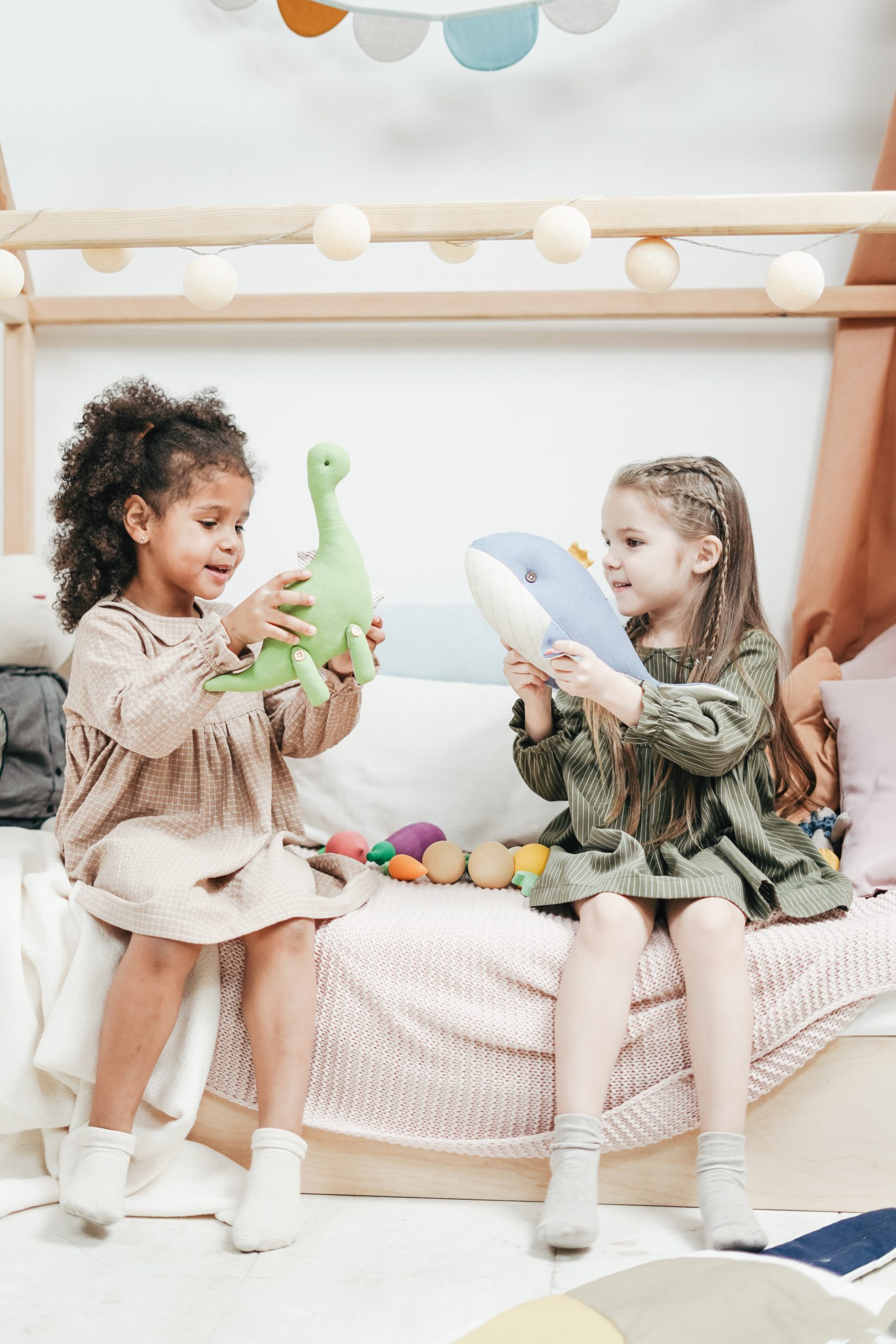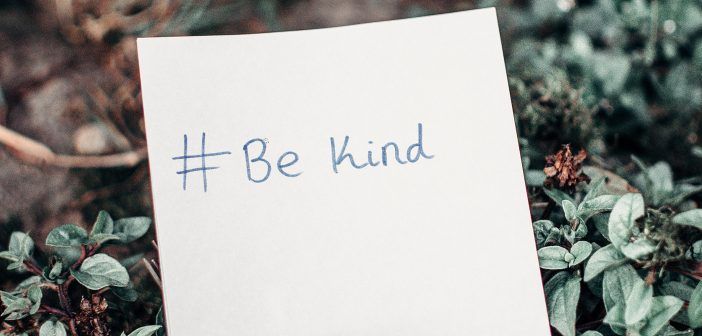If you have ever spent any amount of time with toddlers then you know their responses to a myriad of situations can vary wildly from one moment to the next. In the space of three heartbeats, they can go from aggressively snatching a teddy bear out of their friend’s hand to wholeheartedly sharing the lollipop from their own mouth (it’s the thought that counts?). Sometimes our children can be so empathetic it brings tears to our eyes, and then a moment later they are behaving like it’s armageddon and a single roll of toilet paper is all that’s left on the shelf. So how do we foster that kinder, gentler side? How does that become the default?
Kindness is the simplest form of emotional intelligence. Multiple studies published by the National Institutes of Health suggest that EQ is possibly more important to a successful life than IQ. That’s why so many schools have added an EQ curriculum and a plethora of parent workshops have focused on this concept since it was first introduced in the 1980s. But what exactly is EQ? Psychologists Peter Salovey and John Mayer referred to it as the “ability to monitor one’s own and other’s emotions, to discriminate among them, and to use the information to guide one’s thinking and actions.” In other words, emotional intelligence isn’t the feeling in and of itself, it’s how you identify those feelings and turn them into actions.
That’s good news because empathy and disdain are feelings, but kindness and cruelty are actions, which means they can be taught. Here’s how to raise kind, emotionally intelligent kids.

Encourage them to act on their empathy: Most kids start showing signs of empathy early on. Empathy crying for example is common in most nurseries and playgroups. As your child gets older, help them identify the shared feeling. “You’re sad because you see your friend is hurt.” Then encourage them to act on the feeling in a positive way. “What can we do to help them?”
Recognize that it’s not always easy: I don’t know about you but every so often, there are days I simply do not feel like being kind. When I’m rushed or angry the last thing I feel the urge to do is help someone else. Your child feels that way too. Let them know that a kind action is even more kind when they don’t feel inclined to do it. That happens by circling back to empathy. “I know you are upset right now but how do you think your friend feels when you do that?” Sometimes, all we need is to see it from the other person’s point of view.
Remark on the kindness of others: Point out kind acts from other people. When you see a person pick up trash on the street, or hold a door for a stranger, point it out: “Look that’s so kind!” Find shows to watch together that celebrate kindness. Growing up I remember watching Extreme Home Makeover every Sunday with my family. The entire premise was that a group of kind strangers help fix up the home of a deserving family. Mass marketed, commercialized empathy? Sure, but the show had an effect on me and drove home the power of kindness. A more modern version is the show What Would You Do? in which actors pretend to do dishonest or unkind things in public to see who will step up and offer some kindness and protection. Engineered for feel-good tears? Of course, but isn’t that better input than the slasher flicks we were watching in October?
Help them recognize results: When another person does something kind for your child make sure they recognize it. Gratitude and kindness can’t be separated. You have heard the adage “hurt people hurt people.” Well, the opposite is true too. “Helped people help people.” We naturally mirror our own experiences back into the world and when we recognize that someone has given something to us – whether it be concrete or intangible – we naturally want to pay it forward. So get your kids in the habit of noticing when someone does something for them.
This can be trickier than it sounds because our kids have people who help them every day. Someone helps them get dressed, makes them dinner, drives them to school, even wipes their nose from time to time. It’s the default, so it’s even more important that they notice it.
Encourage kind acts: Both as a family and individuals. They don’t need to be grand sweeping gestures. Try encouraging younger kids to act kindly to members of the family circle. “Wouldn’t it be nice if the house was all clean before mom got home?” or “wouldn’t it make your sister happy if we emptied the dishwasher tonight?” Older kids should be encouraged to find active ways to be kind outside of the home. Agreeing to walk the dog for the neighbor who just broke their leg or volunteering to tutor the kid next door. If at all possible, try and find ways to do good works as a family. Not only does it teach an important lesson, but it will also bond you together in a new way. Memories of early morning shifts answering phones at the St. Jude’s telethon with my dad still make me smile more than a decade later.
Model the behavior: Parents, I know I say this a lot but you are their first and most important teacher. Your children will do as you say, not as you do. If they see you working to be a kind person who recognizes the needs of others and acts on them, they will try to mimic that behavior. So think twice before you yell at the idiot who cut you off on the highway and try saying thank you to the check-out clerk or waiter. Those little moments add up and have a bigger effect than you might think.
Ultimately, kindness, gratitude, and generosity are not a one-time or seasonal experience. Just like a healthy diet and exercise, it is a habitual lifestyle that has long term benefits, and it’s easier to learn in childhood.
Images: Pexels
 This article appeared in the jingkids 2021 November-December issue
This article appeared in the jingkids 2021 November-December issue



